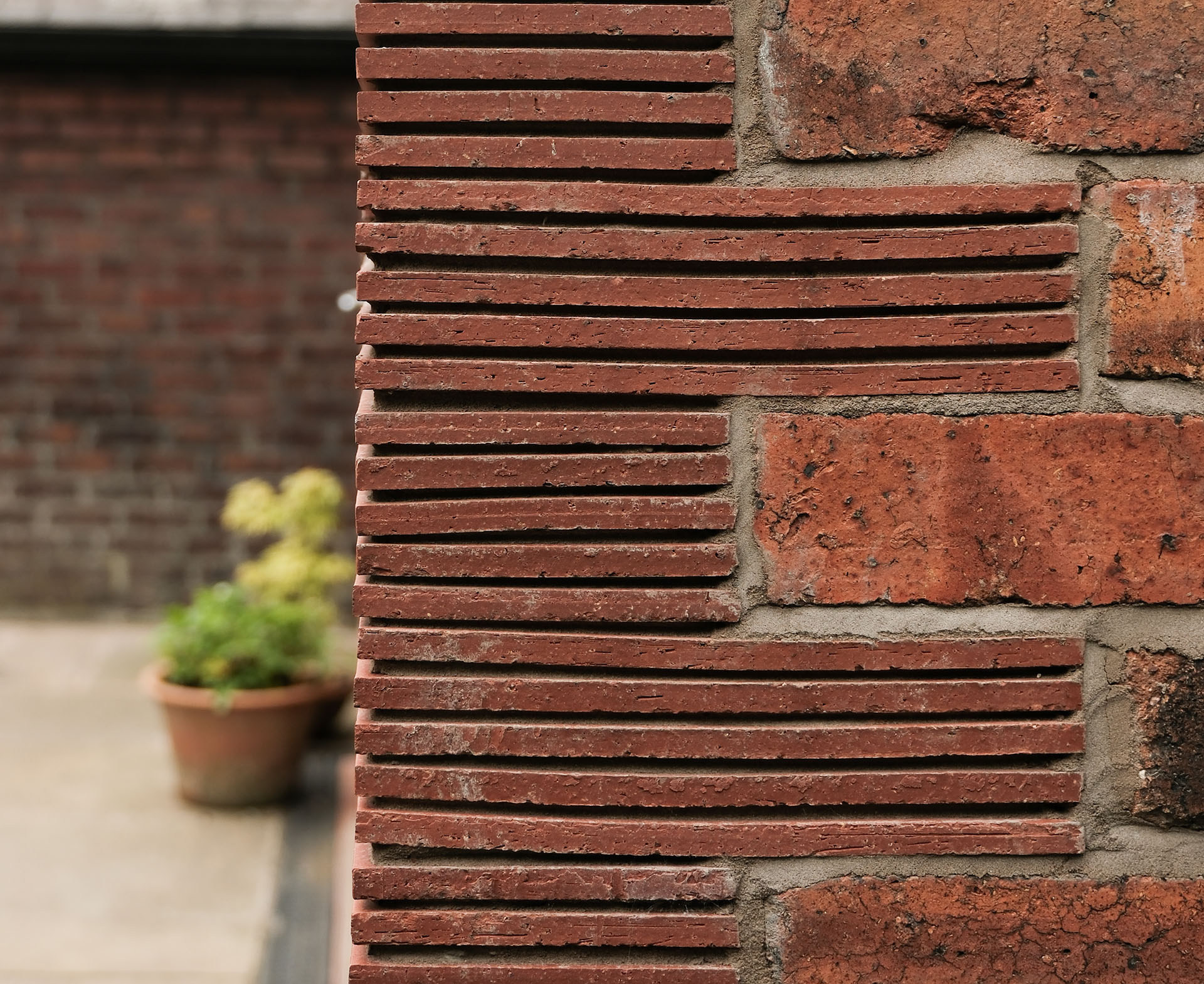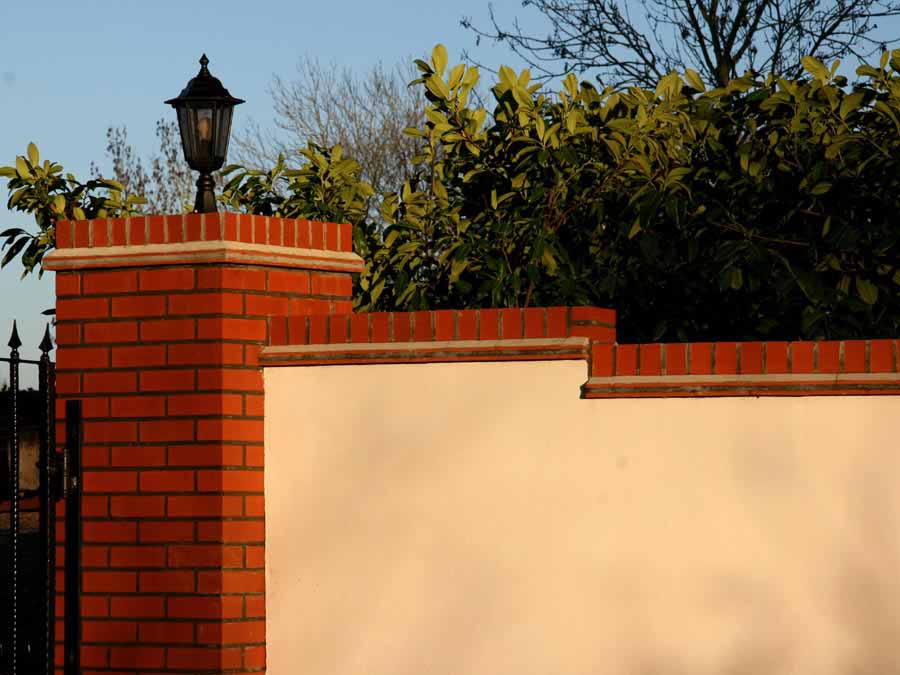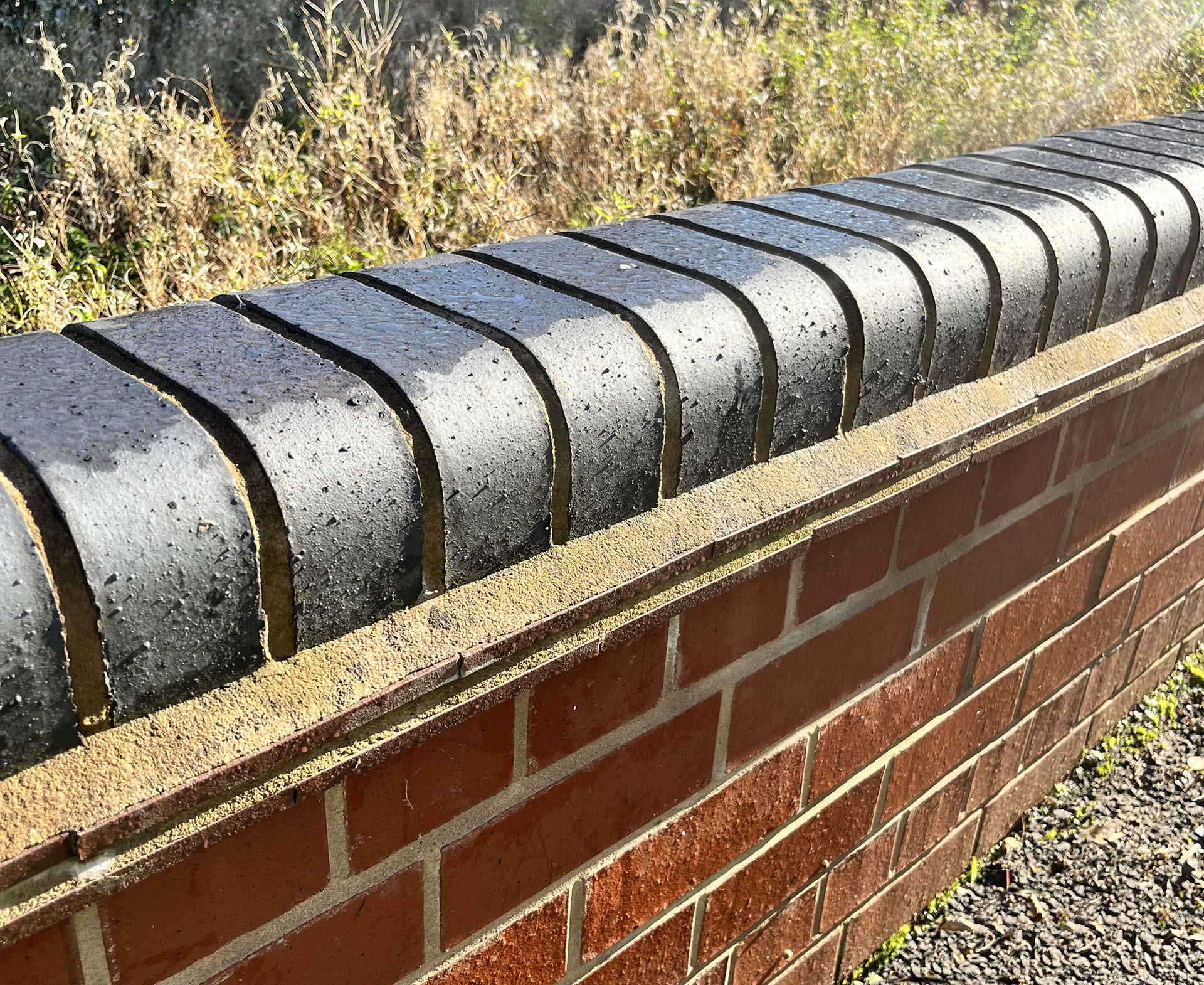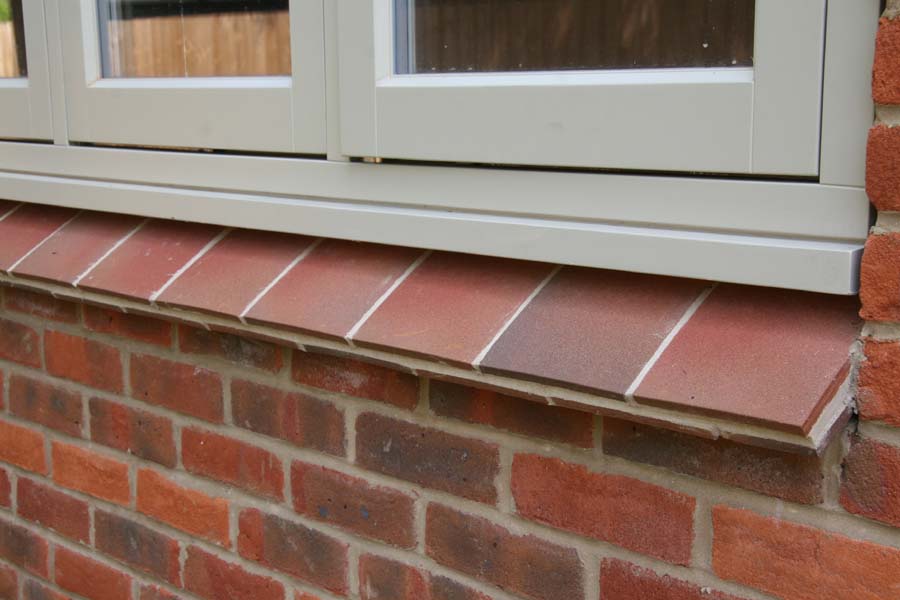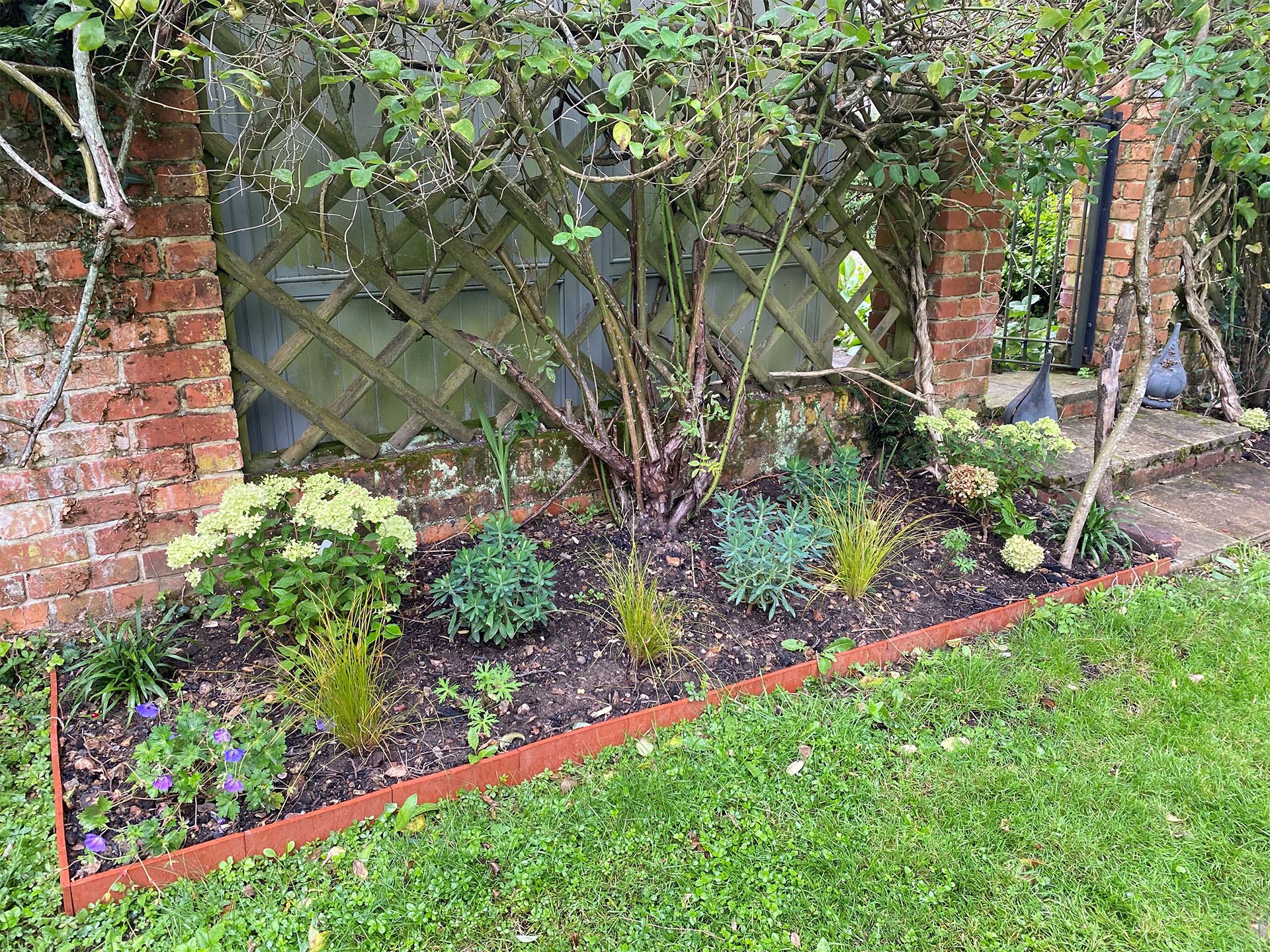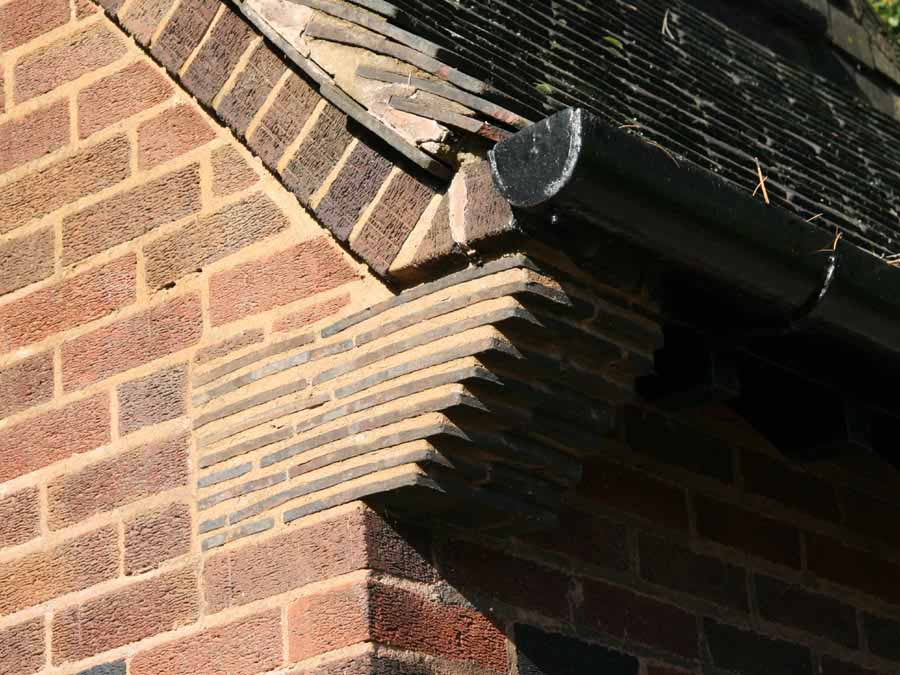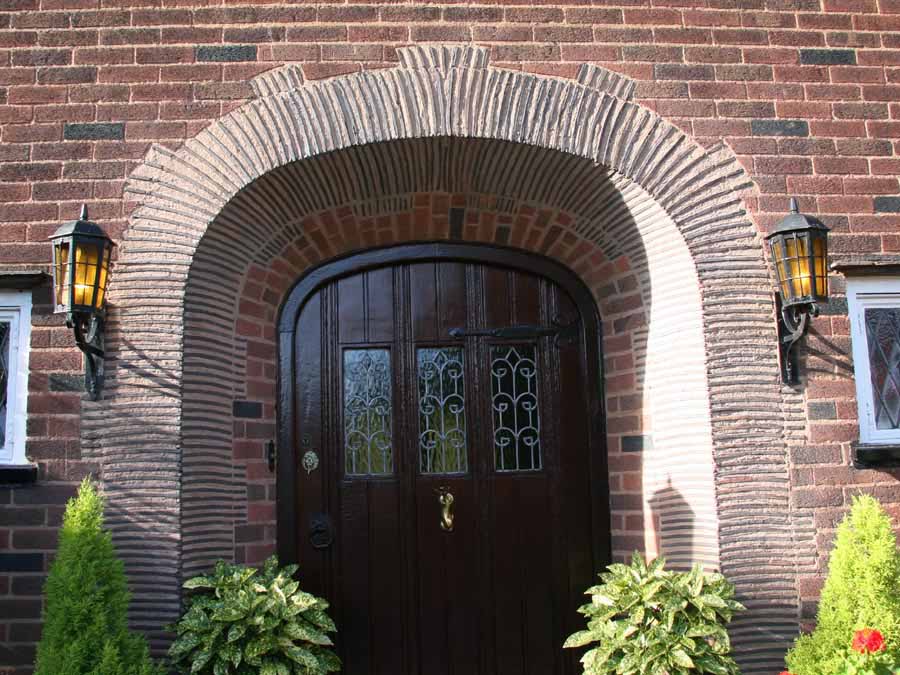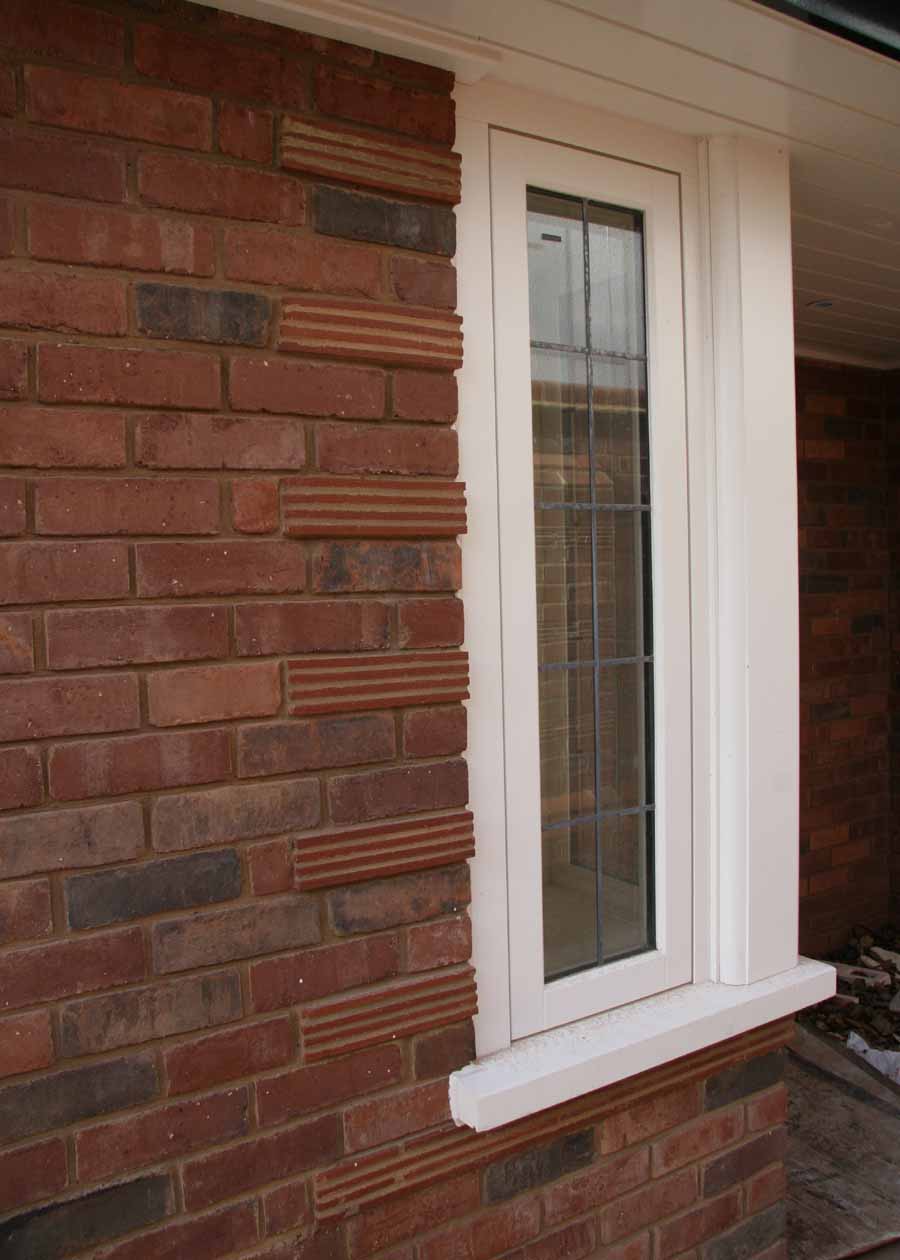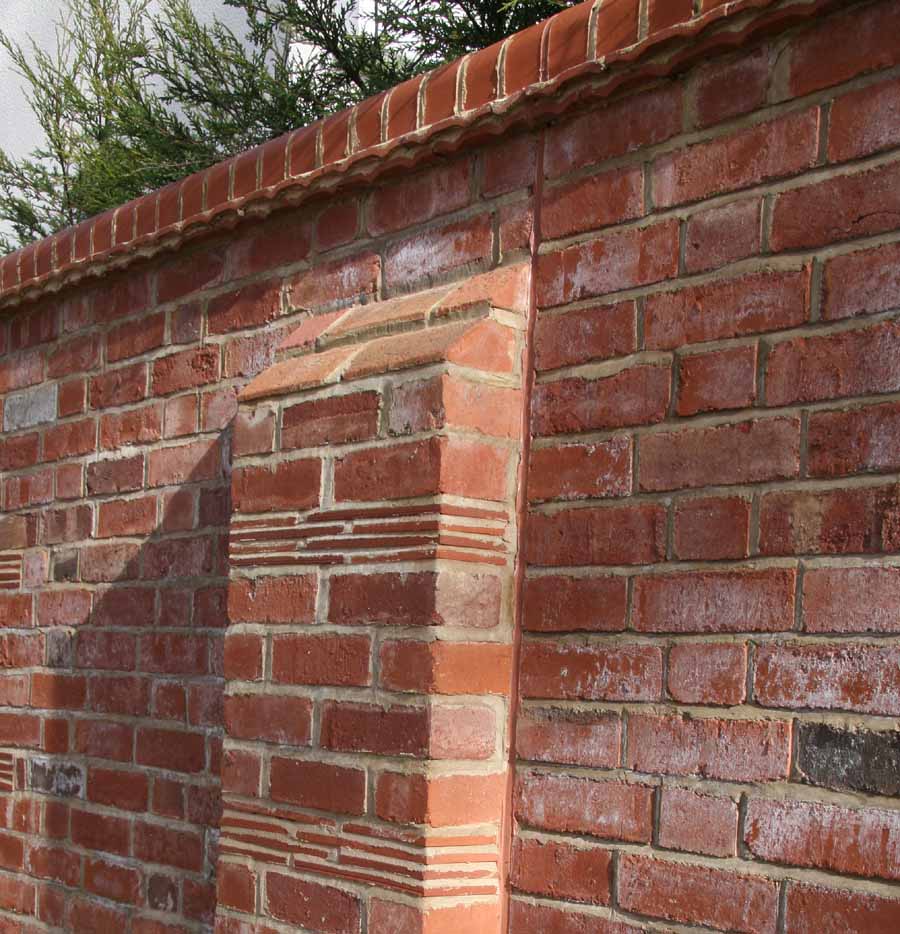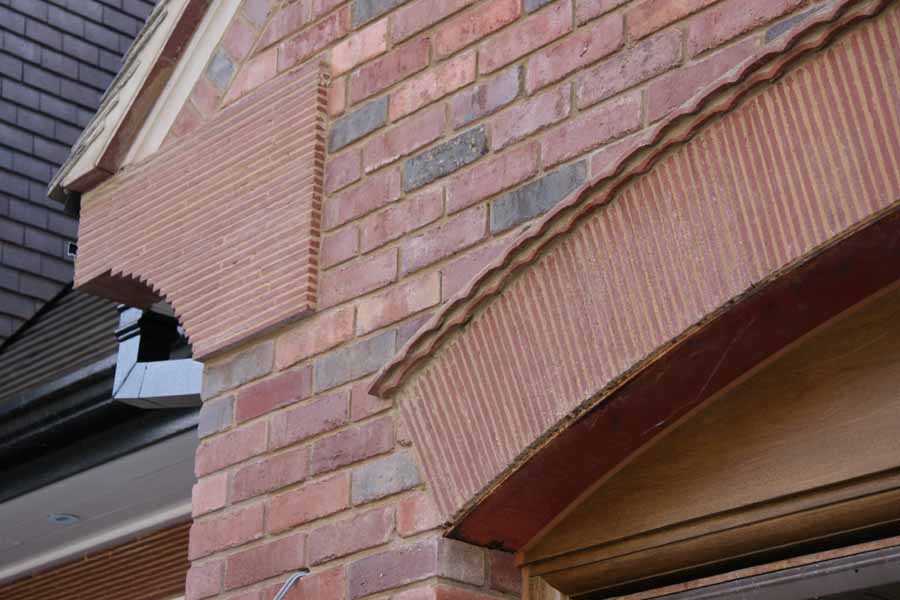Creasing Tiles
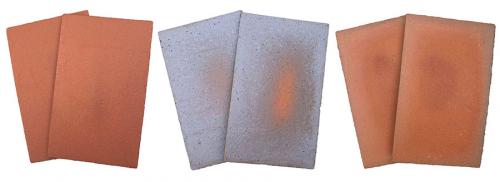
Creasing tiles are plain clay tiles without nibs or camber. Made from the same Etruria marl clay as all the Ketley range, they have very low water absorption and excellent durability making them ideal for exposed situations, where they will be subject to high degrees of weathering and rising or penetrating damp.
They are traditionally used to add decorative finishes to brick and stone work in applications such as cappings and copings, external cills, corbelling, arches, chimneys and decorative quoins.
Their beautiful natural clay colour and thin format makes them a great choice for adding detail to a huge variety of projects including extensions, external walling, fireplaces, patios and even garden edging.
We are increasingly seeing them being used by designers "on edge" as an 11mm thin brick and we now offer a new 11mm Linium brick, essentially a "split" creasing tile at 265mm x 11mm x 82mm which is ideal for cladding applications and decorative detail in patios.
Ketley supply creasing tiles in three Staffordshire colours, Red, Blue Brindle and Brown Multi
Environmental
Place of Manufacture: Brierley Hill, UK
Environmental Management: 14001 Download Certificate
Quality Management : 9001 Download Certificate
Download the Ketley Quality and Environmental Policy
Life Cycle: BRE Global Certification in accordance with EN 15804:2012 Download Certificate
Energy: Fired in gas kilns to 1130o C
Raw materials: Etruria Marl Clay from our own quarry in Cannock, 12 miles from our factory, and sand
Lifespan: Bricks are long life building product and Ketley's bricks are the toughest and most durable bricks you can buy.
Recyclability: Mortar can be cleaned off so the bricks can be reused. They can also be crushed and used as aggregate and/or as an inert bulk fill
Packaging: We keep packaging to a minimum using wooden pallets and we do not shrink wrap our brick packs.
Find out more about Ketley's approach to sustainability
Click for the Brick Development Association infographic on Sustainability of Brick
See below the latest video about Sustainability of Brick from the Brick Development Association
Technical Spec
There are no standards specifically covering Creasing Tiles, however our creasing tiles conform to BS EN 1304:1998 which covers Clay Roof Tiles and Fittings and they exceed the specification in terms of transverse strength and water absorption.
|
|
Creasing Tiles |
|
Colour |
Staffordshire Blue Brindle, Staffordshire Red, Staffordshire Brown Multi |
|
Size |
265x 165 mm |
|
Thickness |
11mm |
|
Weight per tile |
1.05 kg |
|
Weight per pack |
1.20 Tonnes |
|
No of Tiles per pack |
1000 |
|
Finish |
Smoothfaced |
|
Material |
Etruria Marl |
|
Transverse Strength |
880N |
|
Water Absorption |
3.9% |
|
Freeze/thaw resistance |
Conforms to BSEN 539-2 |
Laying Instructions
Laying Instructions
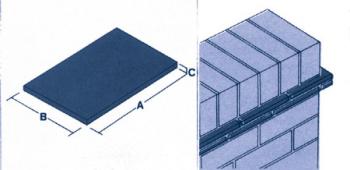 Creasing Tiles should be laid with a broken bond and a minimum lap of 75mm. The joint width between tiles should not exceed 10mm in all applications.
Creasing Tiles should be laid with a broken bond and a minimum lap of 75mm. The joint width between tiles should not exceed 10mm in all applications.
When cutting creasing tiles, a mechanical disc cutter is recommended over hand cutting particularly when used in exposed areas, as this will provide a neater appearance and help avoid cracks that can reduce the performance of the creasing tile.
For freestanding walls where creasing tiles are used under brick cappings, day courses of clay tiles should be laid with staggered joints in a 1:1/4:3 mortar and a minimum projection from the wall of at least 25mm.

